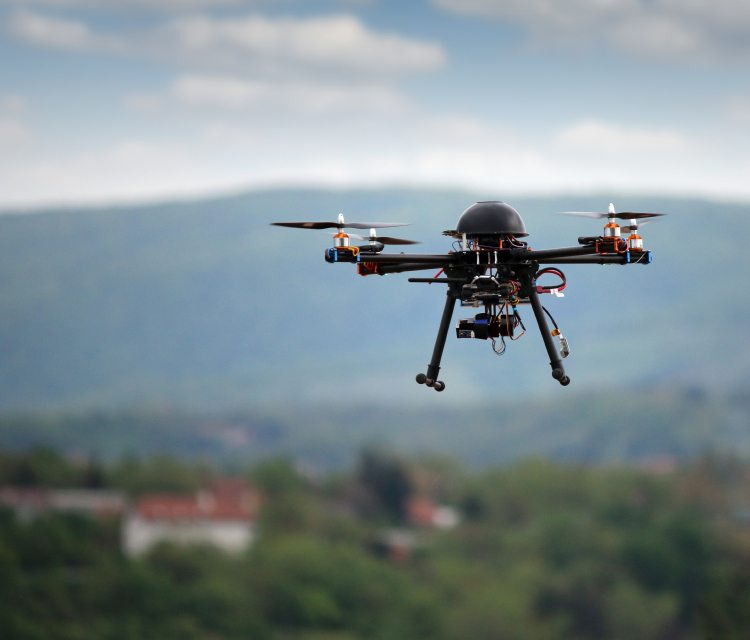New FAA Requirements for Unmanned Aerial Systems
Apr 16, 2015

Unmanned Aerial Systems (UAS), more popularly referred to as drones, have become increasingly popular within the last few years. As a result of technology becoming more commercially available, many people have begun flying UASs as a hobby or for businesses. As the number of people using drones grows, it has become increasingly necessary to codify standards to keep both pilots, bystanders, and other aerial operators safe while flying.
The FAA and Unmanned Aerial Systems
The Federal Aviation Administration (FAA) has recently begun to crackdown on UAS operators. They have created stringent guidelines regarding UAS flight, including where they can be flown and as well as structural guidelines for the drone itself. The FAA has compiled a preliminary list of standards for all UASs. New FAA rules regarding UAS flights include:- All UASs must remain within the sight of the operator at all times
- No UASs may operate over anyone not involved in the operation of the system
- UASs must weigh no more than 55 pounds
- UASs may only be operated during daylight hours
- UASs cannot operate in Class A airspace
- Can be operated in Class B, C, D, and E airspace with ATC permission
- No permission is needed to fly in Class G airspace
- All drones must yield to other aircraft
- UASs may travel up to 100 mph
- May only operate in weather conditions with a minimum of 3 mile visibility
- May not be operated from moving land or air vehicles
- UASs may not be operated recklessly
- All UASs must undergo a preflight check by the operator
- UASs may only be operated at a maximum altitude of 500 feet
Safety and Security
These changes come as a result of an increasing amount of drone crashes and injuries. Concerns have also been raised as to the security of state and federal airspaces and possible terrorist attacks. The FAA has received much pressure to exercise its authority over UASs as they become more prevalent. One interesting development in the new lobbies to the FAA includes the pressure exerted on the FAA by companies such as Amazon and Google. These companies seek to employ the use of drones for commercial purposes such as home deliveries and seek relaxed standards that would benefit their business practices.The Future of UASs
It remains to be seen whether or not the FAA will revise their standards to accommodate such commercial pressures. It also remains to be seen whether these provisional standards will alleviate the growing problem of drone accidents and security threats. This issue continues to evolve in pace with technology and a growing ability and desire of consumers to utilize it. For more information, visit the page https://avioninsurance.com/uav-drone-insurance/ .For informational purposes only.

